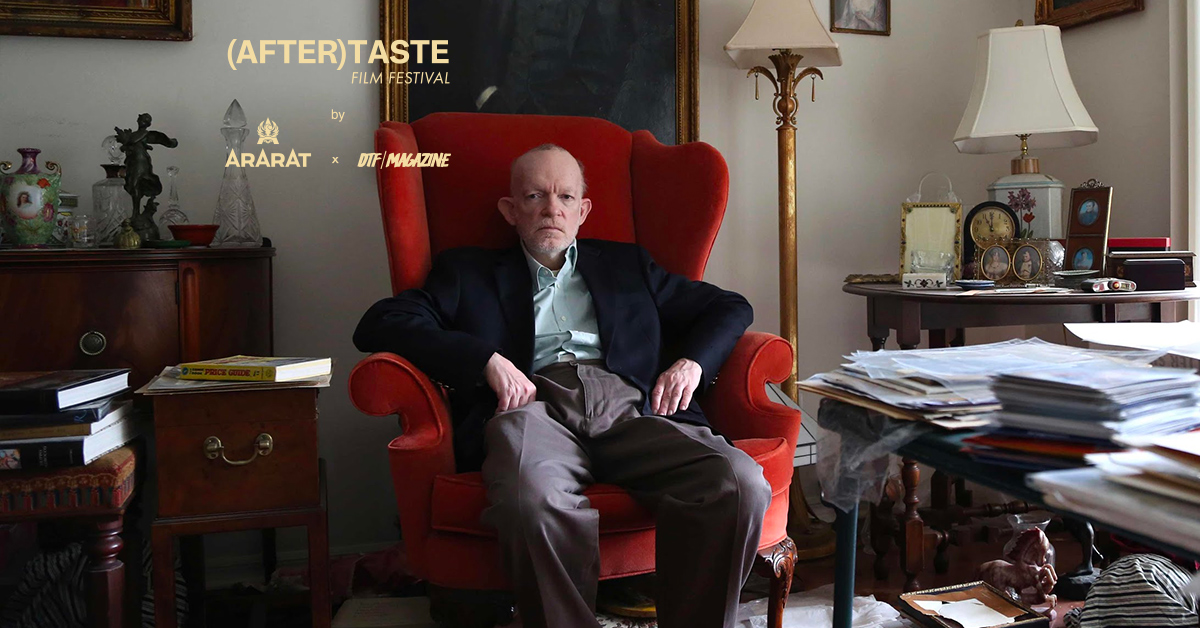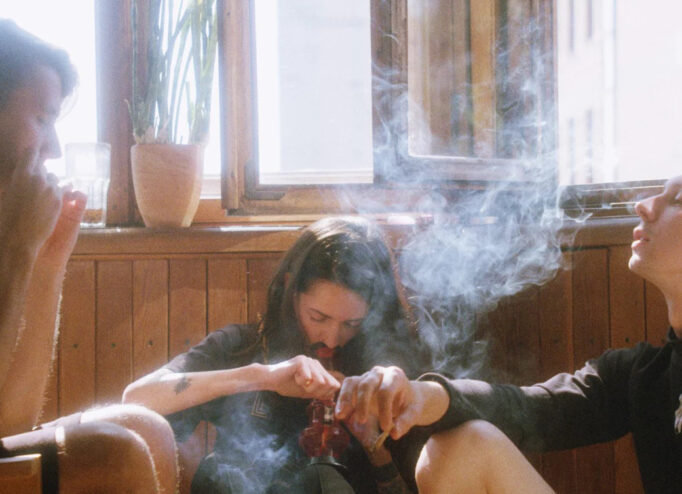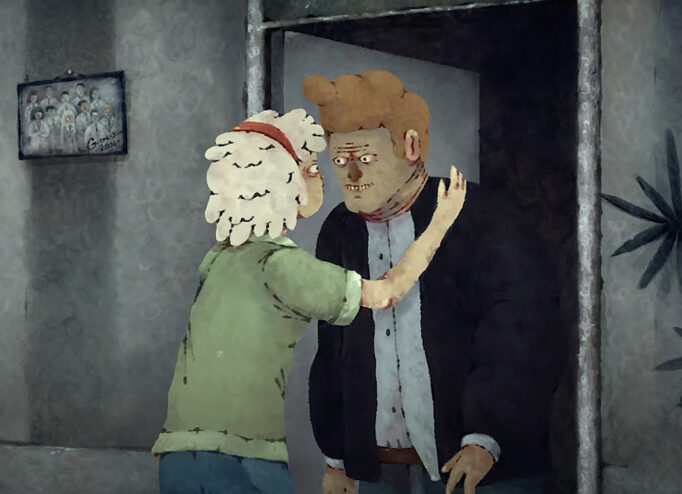Art and Craft / 2014


Directed by:
Sam Cullman,
Jennifer Grausman
and Mark Becker.
Runtime:
1 hour 29 minutes
Country:
USA

— «Emmy» Award for Outstanding Arts & Culture Programming (nominated), 2016
— Cinema Eye Honors Awards: The Unforgettables, 2015
— National Board of Review Award for Best Documentary Feature, 2014
— Satellite Award for Best Documentary Film (nominated), 2015

Mark Landis has been called one of the most prolific art forgers in U.S. history. He forged works by fifteenth-century iconographers, Picasso and even Walt Disney for 30 years. Landis doesn’t work for money despite the fact that he can make incredible amounts of money from these copies. Landis gives hundreds of works to various U.S. institutions posing as a charitable donor, the executor of a family member’s will, or a Jesuit priest. The FBI sees no crime in his actions because he doesn’t sell paintings, but Mark tricks connoisseur Matthew Leininger, who loses his job at the museum in pursuit of exposing the fraud.
WATCH NOW
SCREENING PARTNER — ARARAT NAIRI
Craftsmanship is the hallmark of Markar Sedrakyan and Mark Landis. The first is an Armenian who developed a noble blend of the 20-year-old brand ARARAT Nairi, which borrowed one of the ancient names of Armenia. The second is an American who skillfully creates copies of works by fifteenth century icon painters, Picasso and even Walt Disney, posing as different heroes and donating his paintings to museums. The work of both is able to explore their spheres more deeply and see them from a different angle.
Learn moreCHECK OUT THE FULL PROGRAM

What art forgers are doing in «retirement»
The most influential forgers
Continuing the story of «Art and Craft», DTF Magazine, together with ARARAT Nairi, tells the story of three more artists who were lucky enough to continue imitating the world’s most famous artists, but now with their own signatures
Ken Perenyi: «Imitation is the sincerest form of flattery»
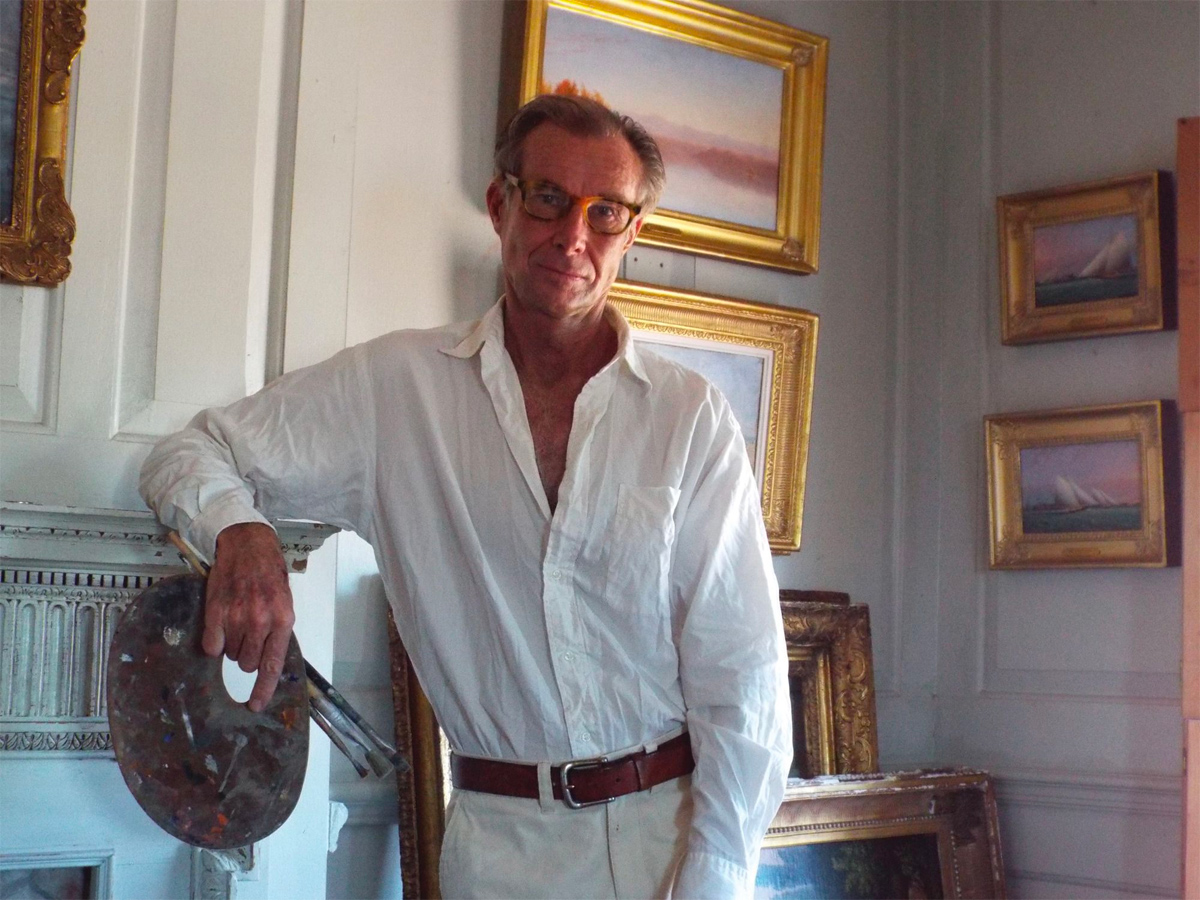
Two FBI agents found millions of dollars worth of artwork in Ken Perenyi’s house. He joked that he had bought everything at a flea market, but in fact Ken spent 30 years making high-quality forgeries of the artist James Edward Buttersworth who specialized in maritime art. His case was investigated for five years, but he managed to avoid punishment. «I didn’t plan to be an art forger. It happened by accident. I realized I had this talent and it gave me a very bright life», Perenyi told Vice. Now Ken doesn’t sell his work under someone else’s name, but makes reproductions without a high markup.
«Putting your name on a fake would mean compromise for the integrity of the fake. And imitation is the sincerest form of flattery», is how Ken explained the lack of signatures on his works. Perenyi only did forgeries of works by long-dead artists and believed he was thus expressing a tribute to them. In addition to new works and written memoirs, five years ago the artist created his YouTube channel, where he reveals the secrets of cheating experts and financial schemes. He has more than 1,000 paintings to his credit — Ken paints quickly and in detail — but he can recognize any painting from a private collection or auction as his own.
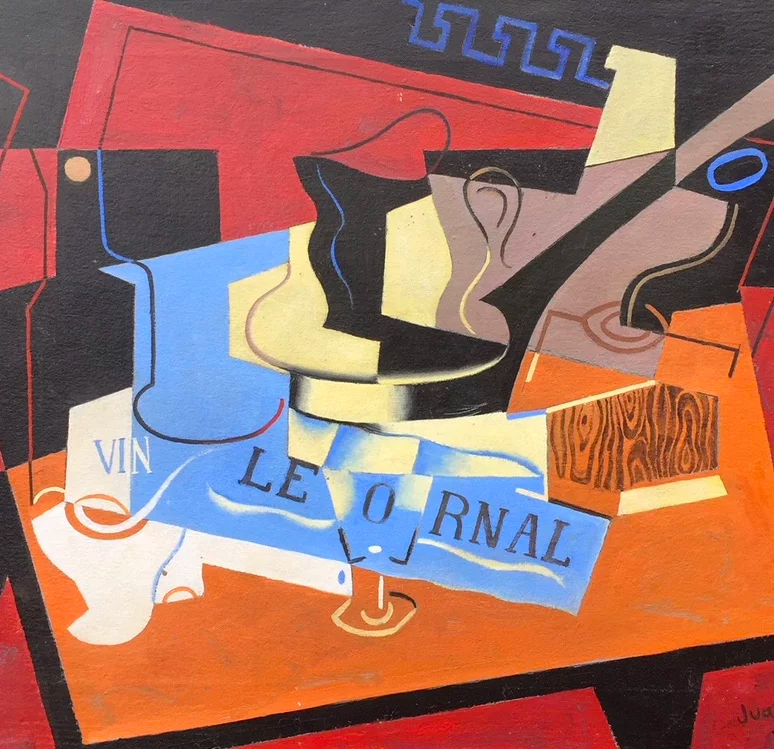
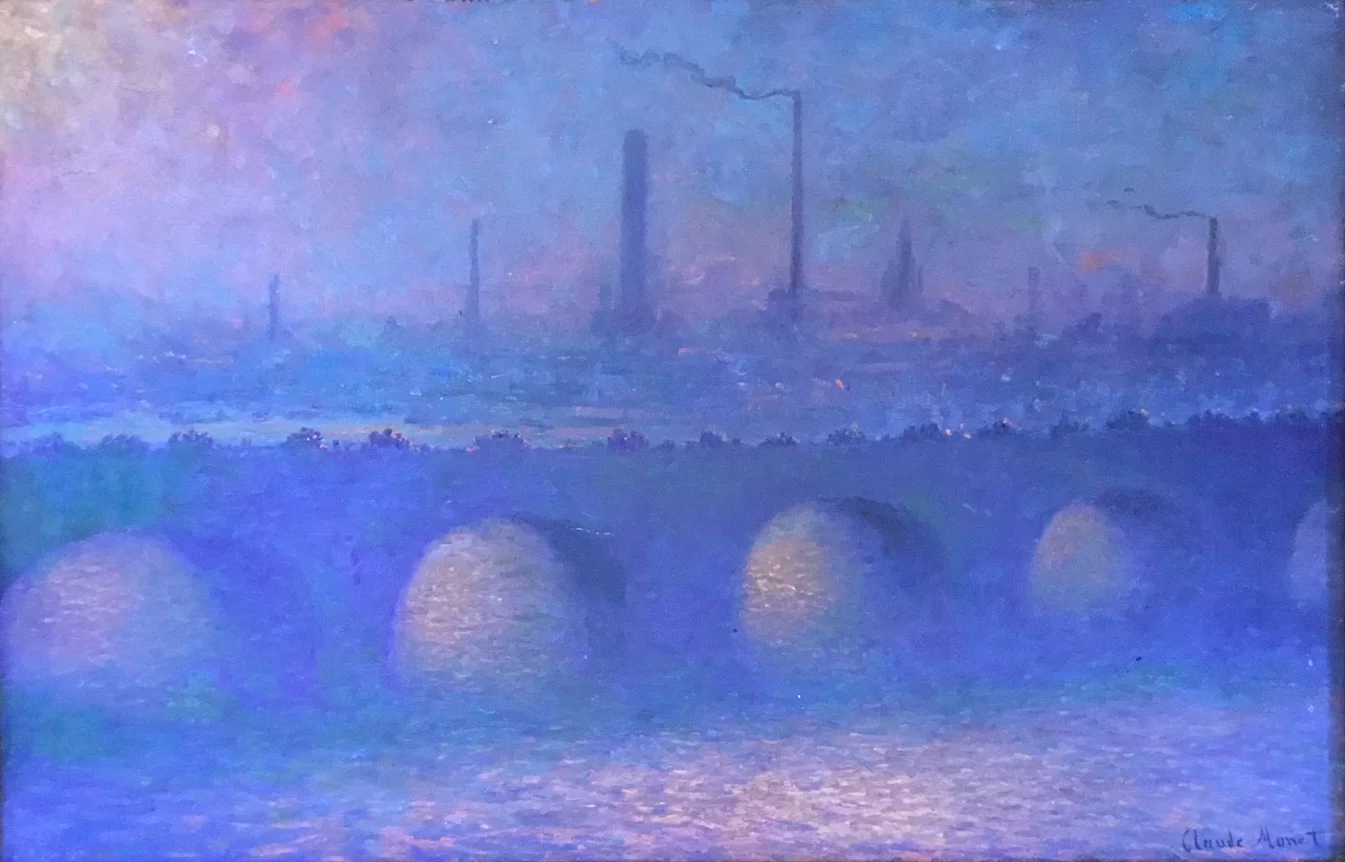

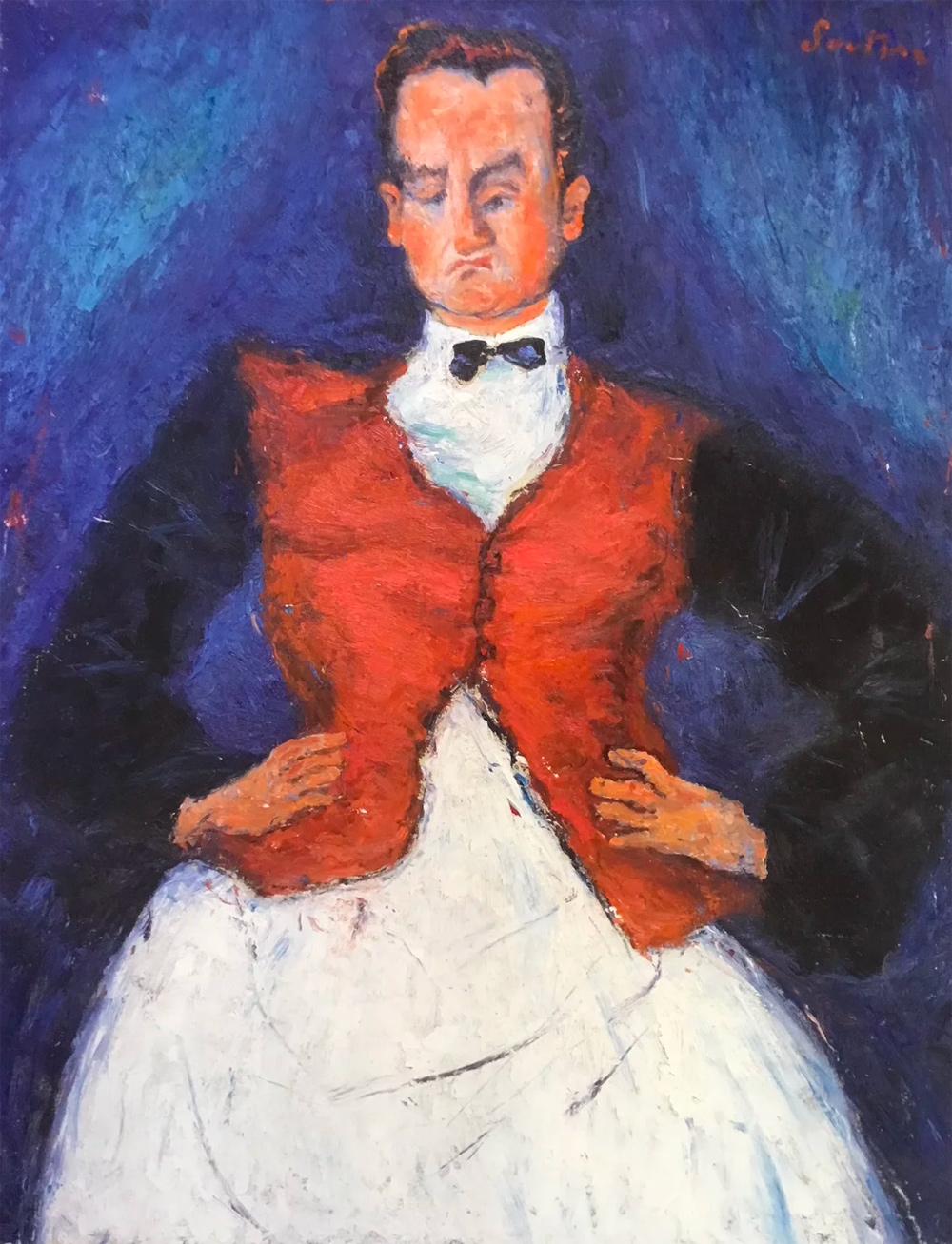
Max Brandrett: «It’s like drugs. I get withdrawal symptoms»
Max was «lucky» to make forgeries at a time when there were no authentication technologies yet. He was the best at forging Caravaggio, and for this he was banned for life from entering any auctions. Max wasn’t even allowed to register on eBay — he sold his work online through a dealer he knew. For two years he worked as an elephant keeper in a circus until he discovered his talent for drawing. Surviving poverty was the main reason Brandrett began to engage in crime.
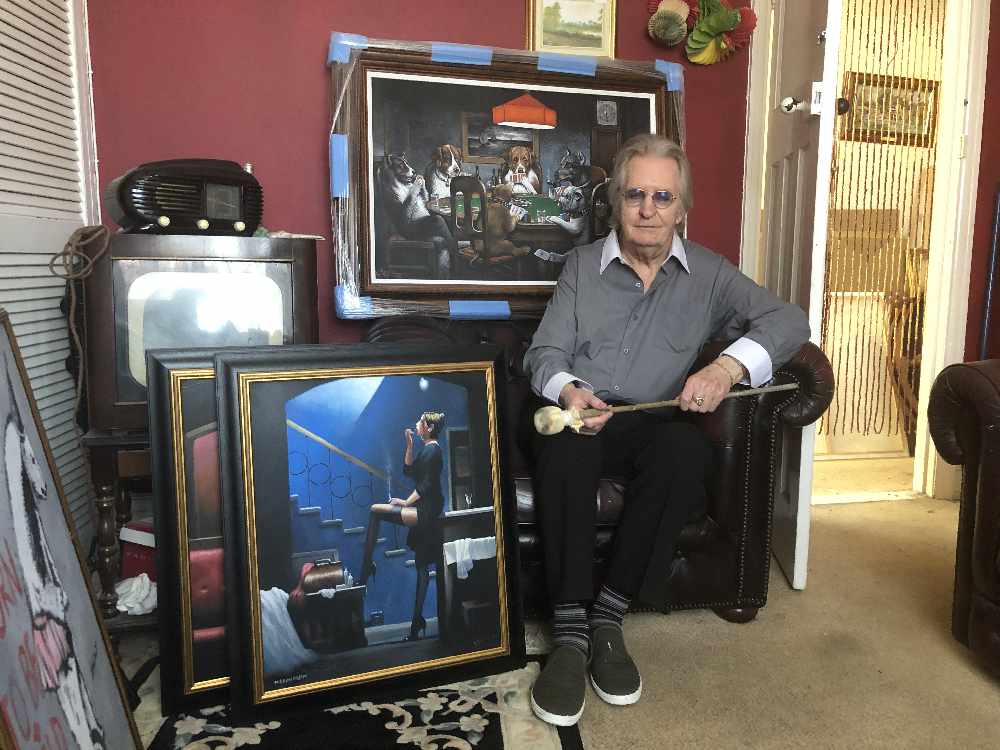
Max prepared a special glue, heated the painting in front of a fire, which caused it to peel, and covered the cracks with ash and varnish, then placed it under glass to convincingly depict antiquity. The only thing that could expose the forgery was X-rays. Brandrett was caught for forgery and jailed for 18 months after the death of a business partner in 1995 with whom he sold paintings from flea markets to auctions. His trembling hands at the hearing vividly describe it: «It’s like drugs. I get withdrawal symptoms». Max has the courage to give interviews, has written a book about his life, and details the ways in which he forges paintings for those interested in fakes.
Wolfgang Beltracchi — Robin Hood of art
One gets the impression that Beltracchi is a pop star: he has solo exhibitions, a line of celebrities for a portrait and his own yacht. Together with his wife, he has sold more than 300 paintings and smiles slyly at the camera when journalists ask if his forgeries remain in the world’s famous museums. Even the artist’s widow, Max Ernst, acknowledged the level of skill by which Wolfgang portrayed her late husband’s forest. But Beltracchi was caught because of a simple trick — in a forgery of one of Heinrich Campendonk’s works made in 1914, he used titanium oxide, which did not yet exist at the time. He was sentenced to 11 years in 2011 and his wife to four, although both had their sentences reduced and were released in 2015.
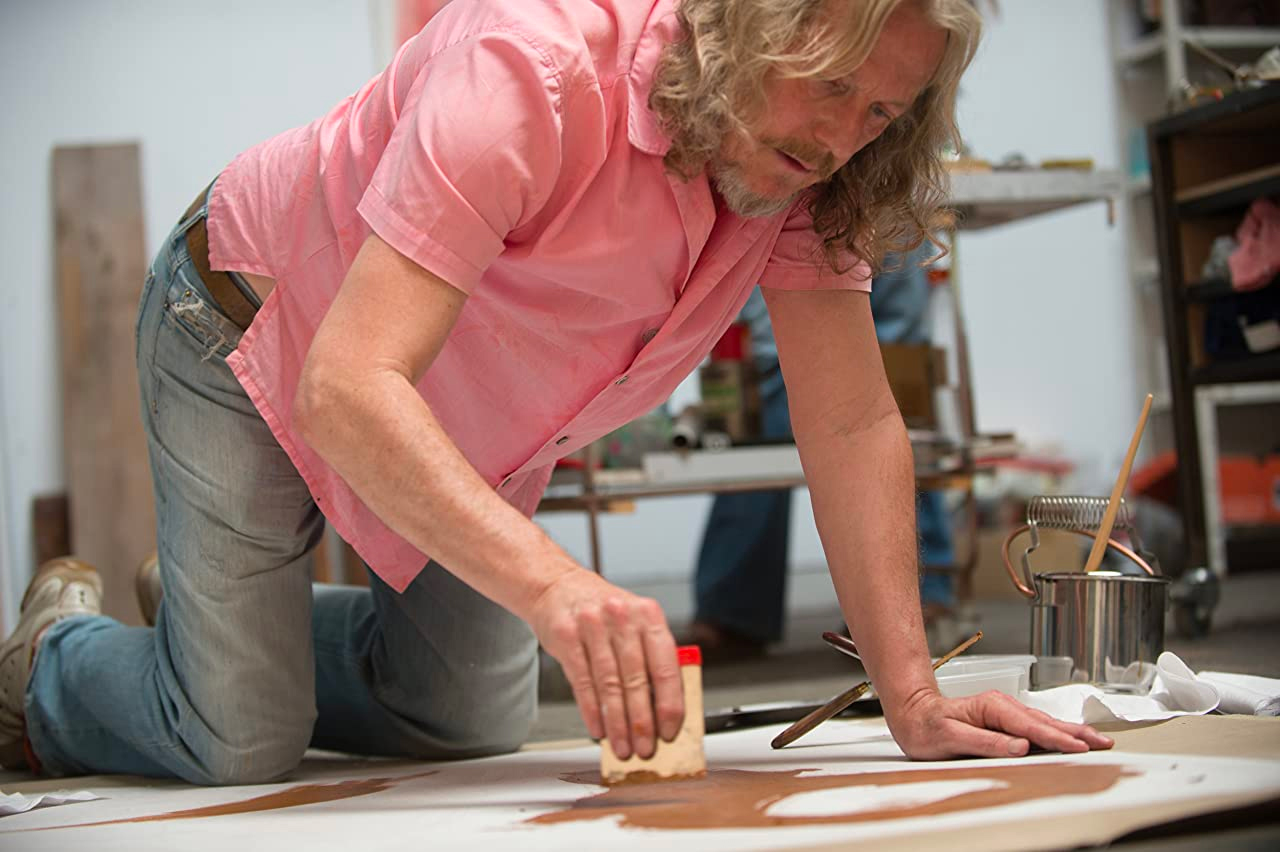

While they were still incarcerated, a gallerist from Bern auctioned Beltracchi’s forgeries under his name and received 650,000 euros for them. The gallerist was expelled from the association, but Wolfgang took up the idea after his release and showed his paintings, signing them in the style of the copied artists. Why didn’t Beltracchi paint under his own name? The art forger answers that it was all about the money, because he wouldn’t have been able to get even a quarter of a similar amount for his work. He painted portraits of prisoners when he was behind bars and continued to do so at liberty. In particular, Christoph Waltz («Inglourious Basterds», «Django Unchained»), who befriended Beltracchi and agreed to a kind of interview with the forger, wanted to insert himself into art.
Collaborative project

